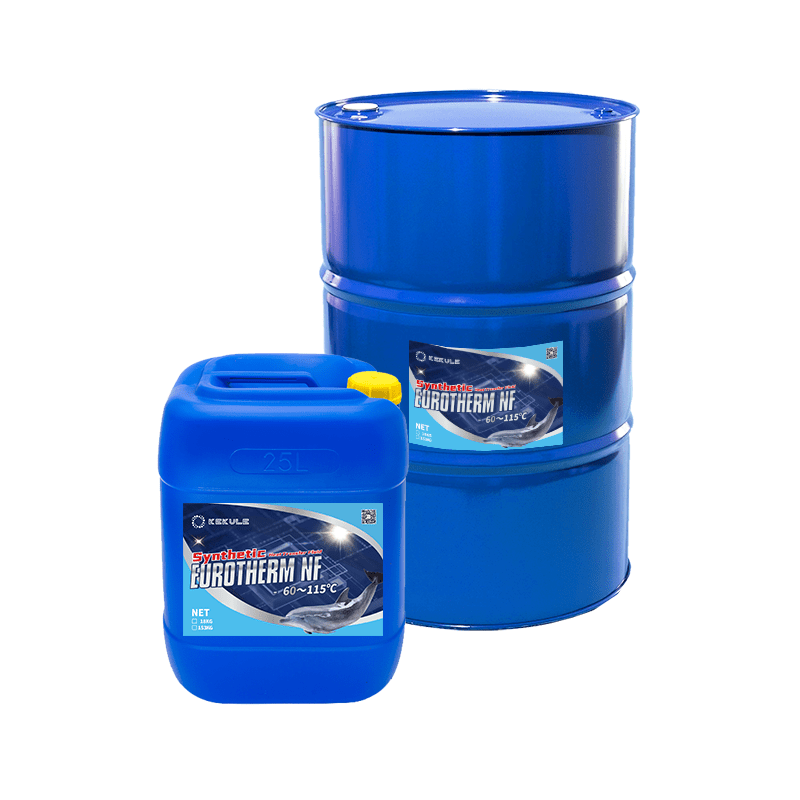The Chemie Diaries
The Chemie Diaries
Blog Article
Chemie Can Be Fun For Everyone
Table of ContentsThe smart Trick of Chemie That Nobody is Talking AboutSome Ideas on Chemie You Need To KnowThe Only Guide to ChemieGetting The Chemie To Work9 Easy Facts About Chemie ShownThe Ultimate Guide To Chemie
By Bojanna Shantheyanda, Sreya Dutta, Kevin Coscia and David SchiemerDynalene, Inc. Liquid air conditioning, which can be accomplished using indirect or direct methods, is used in electronics applications having thermal power thickness that may go beyond safe dissipation with air cooling. Indirect liquid air conditioning is where warm dissipating electronic parts are physically divided from the liquid coolant, whereas in instance of direct air conditioning, the components are in straight call with the coolant.However, in indirect air conditioning applications the electric conductivity can be crucial if there are leakages and/or spillage of the fluids onto the electronic devices. In the indirect cooling applications where water based liquids with rust inhibitors are typically used, the electric conductivity of the liquid coolant primarily relies on the ion focus in the fluid stream.
The boost in the ion concentration in a shut loophole liquid stream may take place due to ion leaching from steels and nonmetal parts that the coolant fluid touches with. During operation, the electrical conductivity of the fluid may raise to a degree which might be damaging for the air conditioning system.
Chemie for Beginners
(https://www.ted.com/profiles/48599309)They are grain like polymers that are qualified of exchanging ions with ions in an option that it is in call with. In the here and now work, ion leaching tests were performed with numerous metals and polymers in both ultrapure deionized (DI) water, i.e. water which is dealt with to the highest degree of pureness, and reduced electrical conductive ethylene glycol/water mix, with the gauged adjustment in conductivity reported in time.
The samples were permitted to equilibrate at area temperature for 2 days prior to tape-recording the first electric conductivity. In all tests reported in this study fluid electrical conductivity was gauged to a precision of 1% making use of an Oakton CON 510/CON 6 collection meter which was adjusted before each dimension.
The 25-Second Trick For Chemie
from the wall home heating coils to the center of the heater. The PTFE sample containers were positioned in the heating system when steady state temperature levels were reached. The test arrangement was removed from the furnace every 168 hours (seven days), cooled to room temperature with the electric conductivity of the fluid determined.
The electrical conductivity of the fluid example was kept track of for a total amount of 5000 hours (208 days). Schematic of the indirect shut loophole cooling down experiment set up. Elements made use of in the indirect shut loop cooling experiment that are in contact with the liquid coolant.

Some Known Factual Statements About Chemie
During operation the fluid tank temperature was kept at 34C. The change in fluid electric conductivity was kept an eye on for 136 hours. The liquid from the system was accumulated and kept. Similarly, closed loop examination with ion exchange material was accomplished with the exact same cleansing treatments used. The first electric conductivity of the 230ml UP-H2O in the system determined 1.84 S/cm.

0.1 g of Dowex material was contributed to 100g of liquid examples that was absorbed a separate container. The mix was mixed and change in the electric conductivity at area temperature level was gauged every hour. The gauged change in the electrical conductivity of the UP-H2O and EG-LC test fluids containing polymer or steel when engaged for 5,000 hours at 80C is revealed Number 3.
The Ultimate Guide To Chemie
Figure 3. Ion leaching experiment: Measured modification in electrical conductivity of water and EG-LC coolants containing either polymer or metal samples when immersed for 5,000 hours at 80C. The outcomes show that steels contributed fewer ions right into the liquids than plastics in both UP-H2O and EG-LC based coolants. This could be due to a thin metal oxide layer which might function as an obstacle to ion leaching and cationic diffusion.
Fluids consisting of polypropylene and HDPE displayed the most affordable electric conductivity changes. This could be because of the brief, stiff, direct chains which are less most likely to add ions than longer branched chains with weak intermolecular forces. Silicone additionally did well in both examination fluids, as polysiloxanes are typically chemically inert as a result of the high bond energy of the silicon-oxygen bond which would protect against degradation of the material into the liquid.
A Biased View of Chemie
It would be anticipated that PVC would certainly produce similar results to those of PTFE and HDPE based on the comparable chemical frameworks of the materials, nevertheless there might be various other impurities existing in the PVC, such as plasticizers, that may affect the electrical conductivity of the liquid - silicone fluid. In addition, chloride teams in PVC can likewise seep into the test fluid and can trigger a boost in electrical conductivity
Buna-N rubber and polyurethane revealed signs of degradation and thermal disintegration which suggests that their feasible utility as a gasket or glue product at higher temperature levels can bring about application problems. Polyurethane completely broke down into the examination fluid by the end of 5000 hour examination. Number 4. Prior to and after photos of metal and polymer samples immersed for 5,000 hours at 80C in the ion leaching experiment.
Measured change in the electric conductivity of UP-H2O coolant as high temperature thermal fluid a function of time with and without material cartridge in the shut indirect air conditioning loophole experiment. The determined modification in electrical conductivity of the UP-H2O for 136 hours with and without ion exchange resin in the loophole is revealed in Figure 5.
Report this page